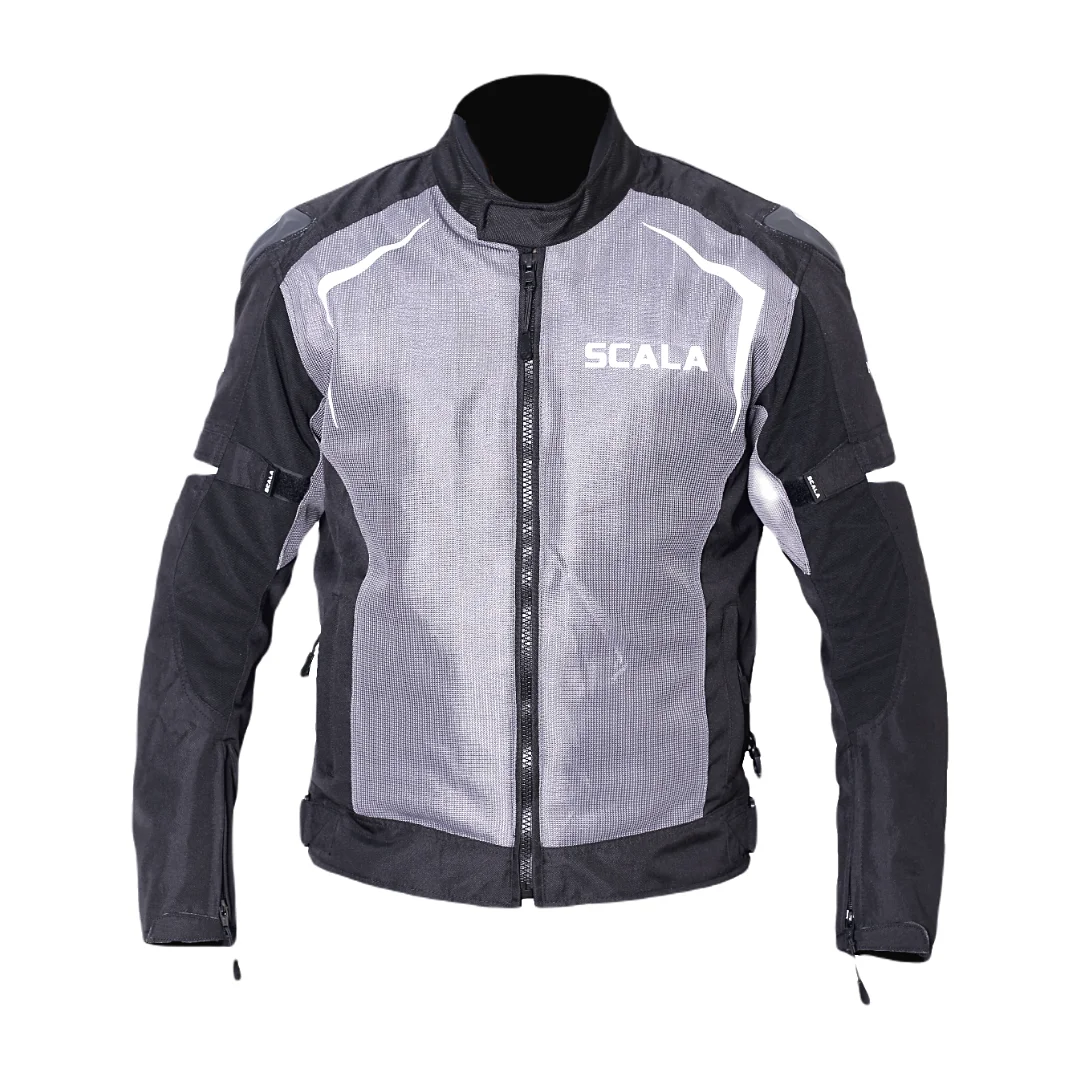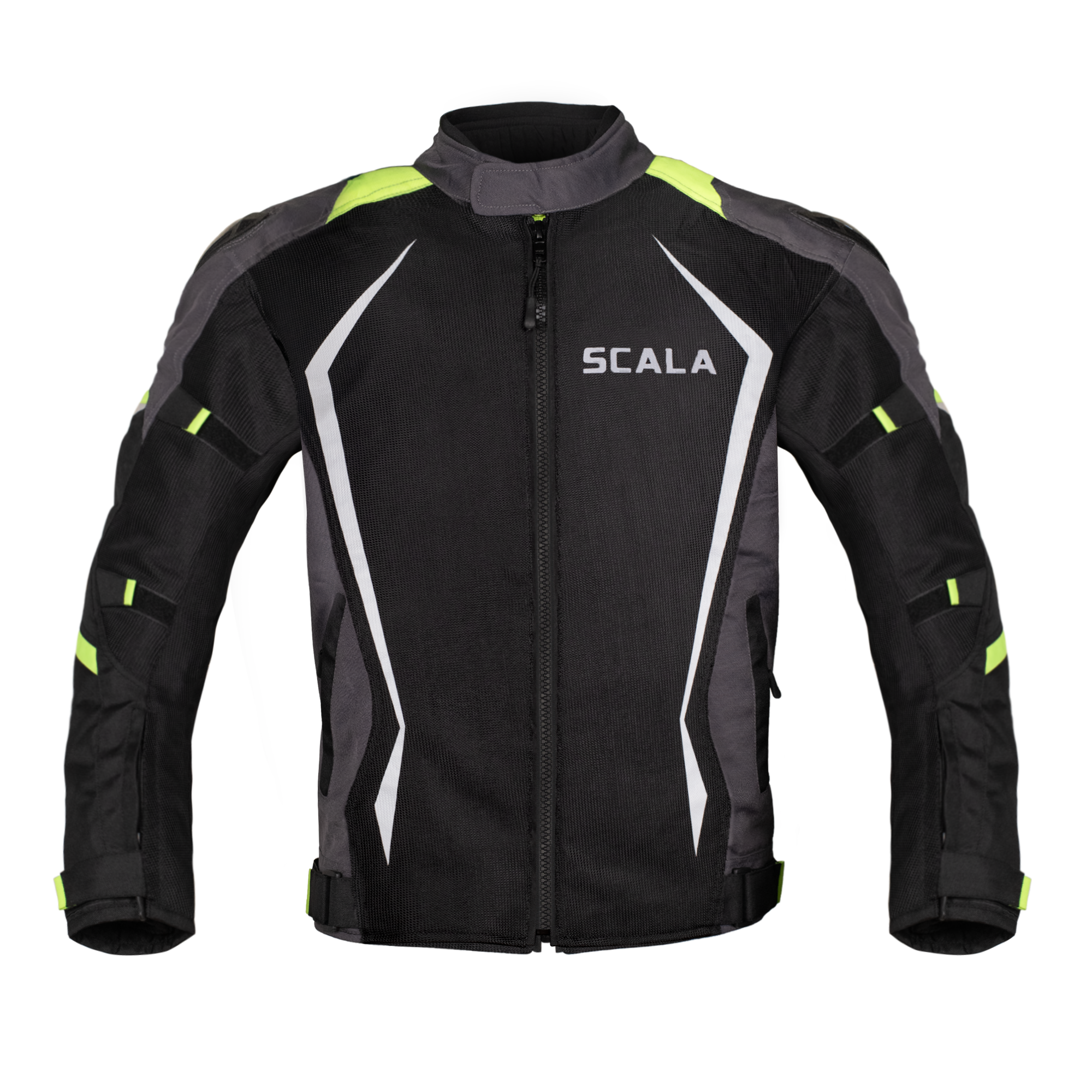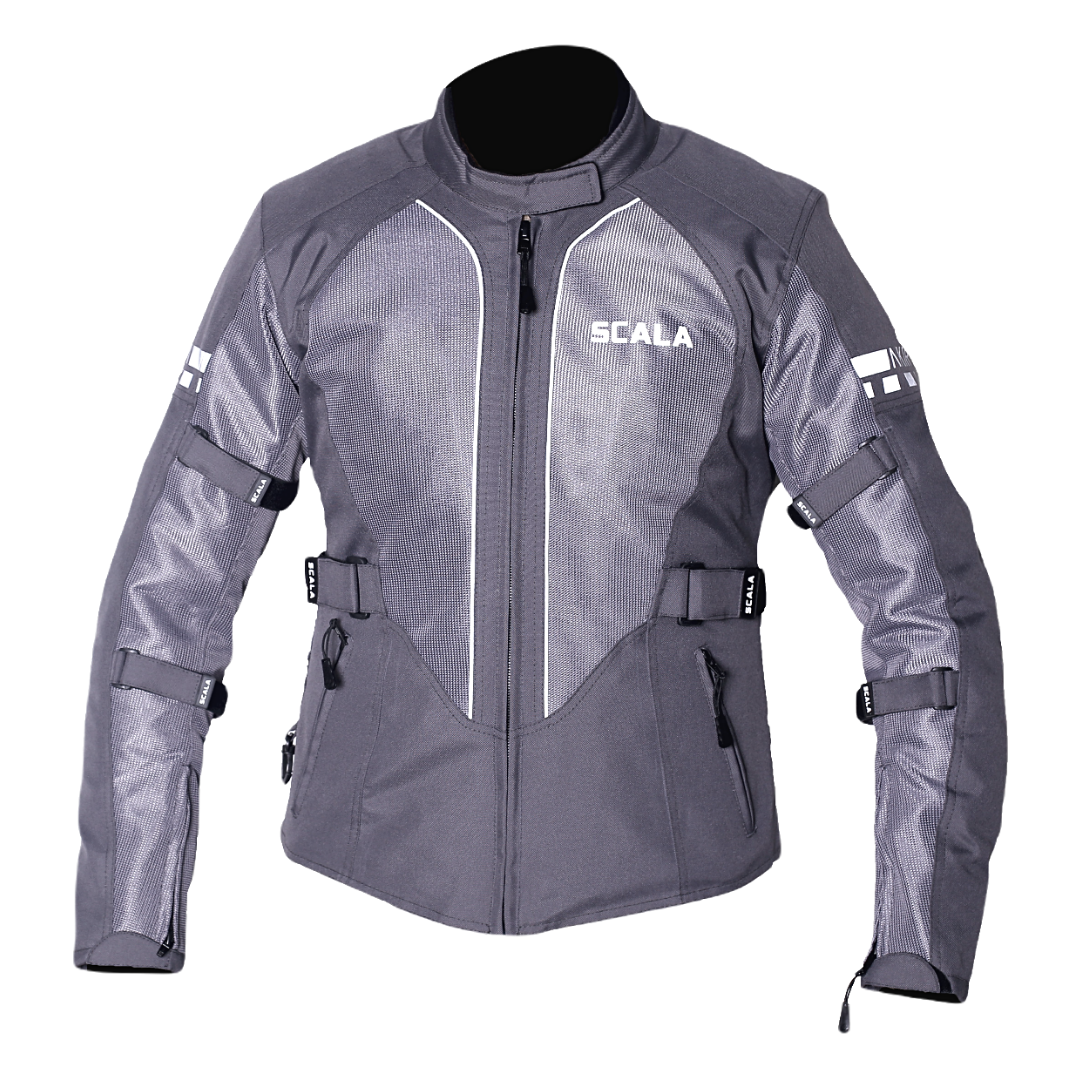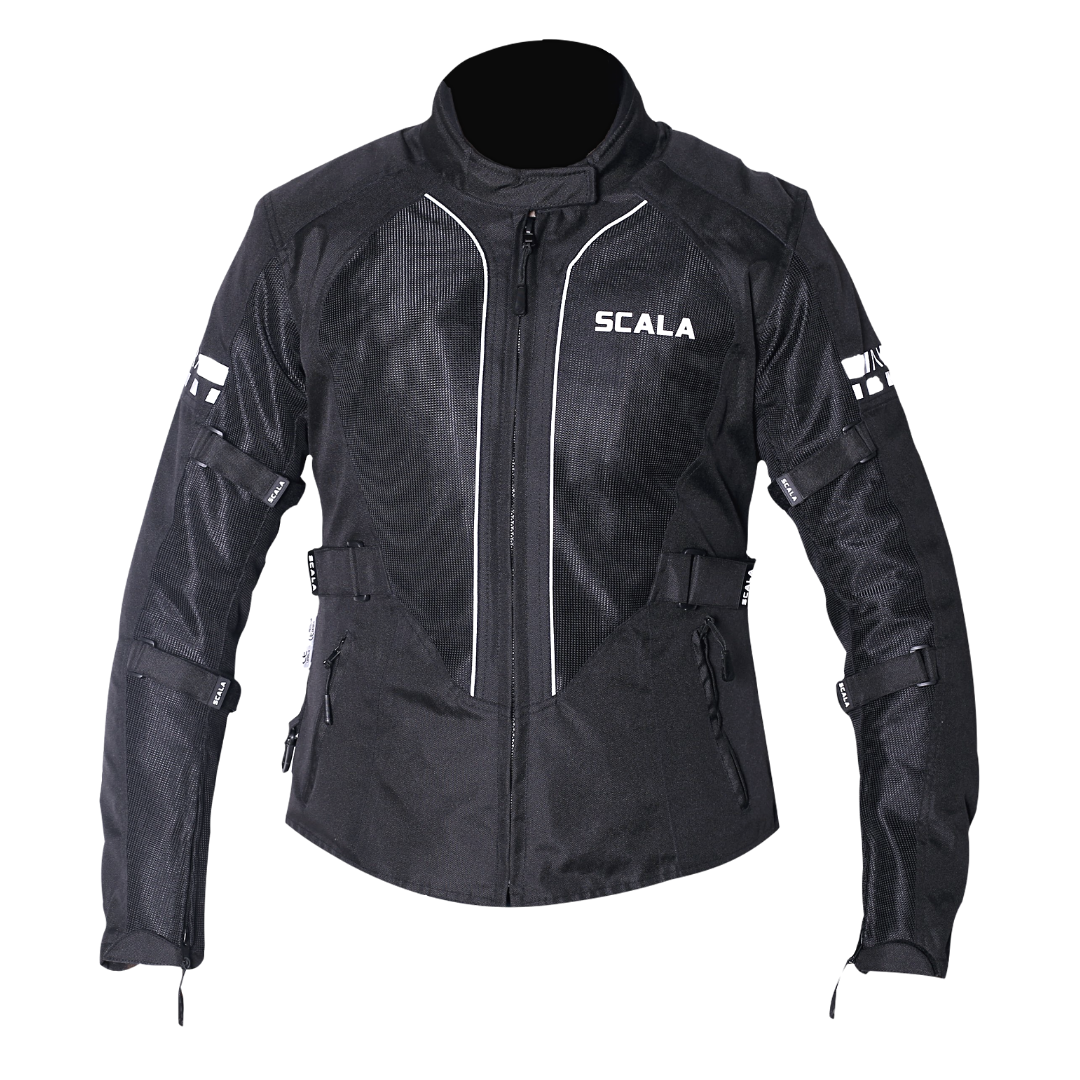
How to Clean and Store Your Riding Gears for Maximum Durability

As a motorcyclist, your riding gear is one of the most important investments you make. Whether it’s a sturdy jacket, a pair of durable gloves, or a comfortable helmet, each piece of gear is designed to keep you safe and comfortable on the road. But like any other equipment, riding gear requires regular care and maintenance to extend its lifespan and ensure it continues to perform effectively.
In this guide, we’ll walk you through the steps to properly clean and store your riding gears, so you can enjoy your adventures without worrying about premature wear and tear.
1. Understanding Your Riding Gear Materials
Before diving into the cleaning process, it's important to understand the materials that make up your riding gear. Different materials require different cleaning methods to ensure their longevity. Here’s a breakdown of the common materials used in motorcycle riding gears:
- Leather: Leather jackets and gloves are known for their durability and style. However, leather requires special care to prevent drying, cracking, or hardening.
- Textile: Textile riding gears, often made from synthetic fibers like polyester, nylon, or Kevlar, are lightweight and breathable. They are easier to clean than leather but still need proper care.
- Mesh: Mesh materials are commonly used in summer riding gear for ventilation. These are lightweight but require delicate cleaning to avoid damaging the structure.
- Armor: Many riding gears come equipped with protective armor made from materials like foam or plastic, which need attention to maintain their protective capabilities.
Understanding the materials your gear is made of will help you choose the right cleaning method and products.
2. Cleaning Your Riding Gear
Cleaning Leather Gear
Leather requires careful cleaning to maintain its flexibility and appearance. Here's how to clean your leather gear:
-
Dust Off: Start by using a soft cloth or brush to remove any loose dirt or dust from the surface.
-
Mild Cleaning Solution: Mix a small amount of mild soap with warm water. Dip a soft cloth in the solution, wring it out, and gently wipe down the leather surface. Avoid using harsh detergents or submerging the leather in water.
-
Spot Cleaning: For stubborn stains, you can use a specialized leather cleaner. Apply it to the affected area and gently rub with a soft cloth.
-
Drying: Allow the leather to air dry away from direct sunlight or heat sources, as excessive heat can cause the leather to dry out and crack.
-
Conditioning: Once dry, apply a leather conditioner to keep the material soft and supple. Conditioning prevents the leather from cracking and maintains its water resistance.
Cleaning Textile and Mesh Gear
Textile and mesh riding gears are easier to clean compared to leather. Follow these steps for proper cleaning:
-
Remove Armor: Before washing, take out any armor inserts from jackets, pants, or gloves. This prevents damage to both the gear and the armor.
-
Pre-Wash Cleaning: Use a brush to remove dirt and debris from the exterior of the gear. Pay attention to seams and zippers where dirt may accumulate.
-
Washing: Most textile and mesh gears are machine washable, but always check the care label. Use a mild detergent and wash on a gentle cycle with cold water. Avoid using bleach or fabric softeners as they can degrade the fabric’s strength.
-
Drying: Air-dry your textile and mesh gear. Never use a dryer, as the heat can damage the fibers. Hang the gear in a well-ventilated area and ensure it is completely dry before storing.
Cleaning Gloves and Boots
Gloves and boots require specific attention due to their frequent exposure to dirt and grime.
-
Gloves: For leather gloves, follow the same cleaning steps as for leather jackets. Textile gloves can be washed by hand using mild soap and water. Always air dry gloves to avoid shrinking or damaging the material.
-
Boots: Wipe down leather or synthetic boots with a damp cloth. For leather boots, use a specialized leather cleaner and conditioner. Textile boots can be cleaned with mild soap and water, and allowed to air dry.
3. Storing Your Riding Gear
Proper storage is essential to prolong the life of your riding gear. Follow these tips to store your gear safely:
Storing Leather Gear
-
Keep It Cool: Store leather gear in a cool, dry place away from direct sunlight. Prolonged exposure to heat and sunlight can cause the leather to fade and dry out.
-
Hang Properly: Always hang leather jackets and pants on wide, padded hangers to maintain their shape. Avoid folding leather gear, as it can cause creases that are difficult to remove.
-
Avoid Humidity: High humidity can cause mold and mildew to form on leather. Use a dehumidifier in your storage area if necessary.
Storing Textile and Mesh Gear
-
Clean Before Storage: Ensure your gear is thoroughly cleaned and dried before storing. Storing damp gear can lead to mold growth and fabric deterioration.
-
Hang or Fold: You can either hang textile gear on hangers or fold it neatly. If folding, avoid placing heavy objects on top, as this can cause permanent creases.
-
Use Storage Bags: To protect your gear from dust and dirt, store it in breathable garment bags. Avoid plastic bags, as they can trap moisture and lead to mildew.
Storing Gloves and Boots
-
Dry Completely: Ensure that gloves and boots are completely dry before storing. Stuff boots with newspaper or boot trees to help them retain their shape.
-
Store in Pairs: Store gloves and boots in pairs in a cool, dry place. You can place boots in a dedicated boot rack or box.
-
Use Cedar Blocks: Cedar blocks or sachets can help keep your gear fresh and prevent the buildup of moisture and odors.
4. Additional Tips for Long-Term Durability
-
Inspect Regularly: Periodically inspect your riding gear for any signs of wear, such as frayed seams, torn fabric, or damaged zippers. Early detection of damage allows you to repair it before it worsens.
-
Waterproofing: If your gear isn’t naturally waterproof, consider applying a waterproofing spray. This adds an extra layer of protection, especially for riding in wet conditions.
-
Replace When Necessary: No matter how well you care for your gear, it will eventually need to be replaced. Helmets, in particular, should be replaced every 3-5 years or after any significant impact.
Conclusion
Caring for your riding gear not only enhances its longevity but also ensures your safety on the road. By following these cleaning and storage tips, you can keep your gear looking and performing at its best for many years to come. Scala Gears are designed to meet the highest standards of durability and comfort, but regular maintenance is key to preserving those qualities.
So, whether you’re preparing for your next long-distance adventure or gearing up for your daily commute, make sure your riding gear is clean, properly stored, and ready for the road ahead.
























